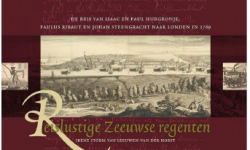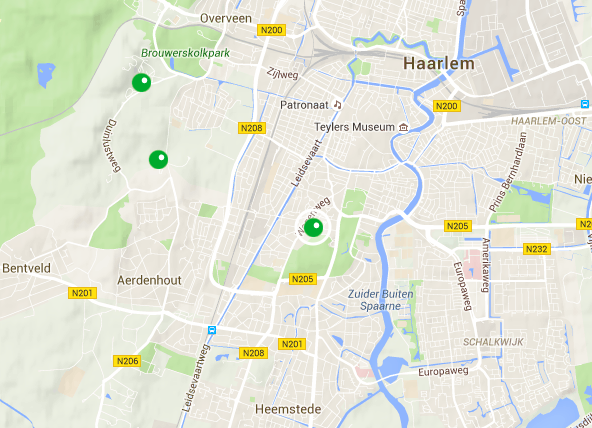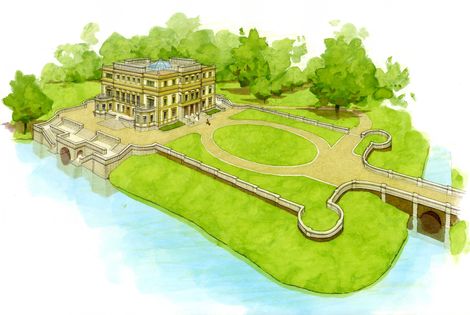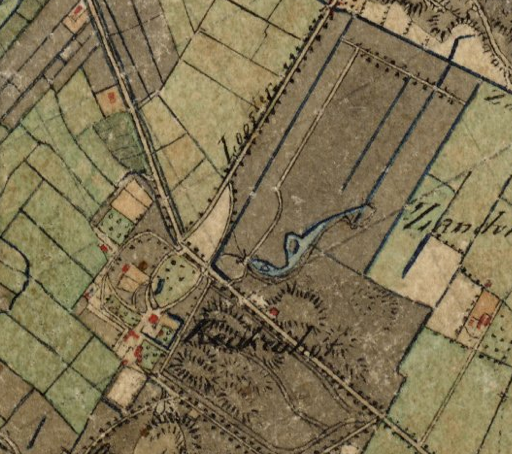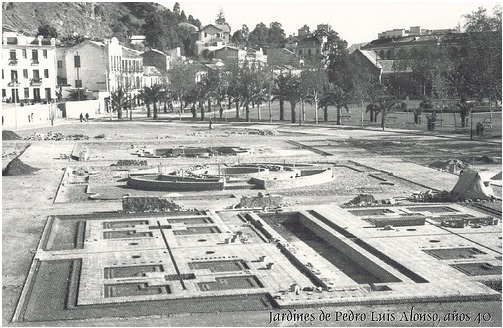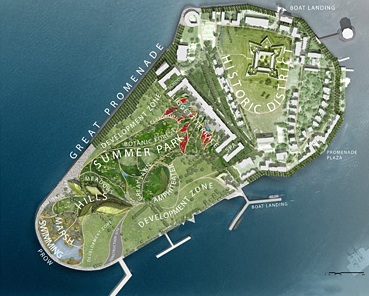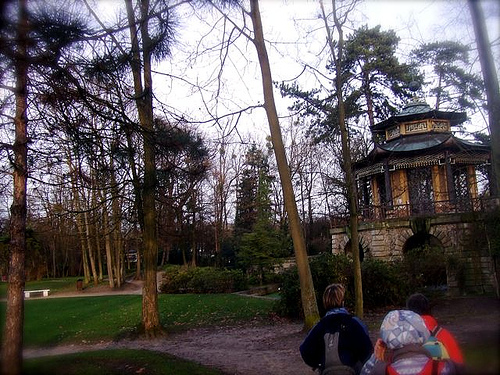Het temmen van Woestduin
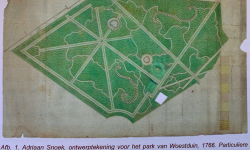
Consensus has always been that a 1766 design for Woestduin by Adriaan Snoek was never realised. While that is probably true, new research into the owner’s financial records shows considerable involvement of Snoek in the layout of this park. As a surveyor, Snoek played an important role for two consecutive owners when they expanded the park to its current size. His name can also be attached to specific parts of the layout. Some of his work is still visible today, even after the creation of a racecourse (for horses) on this site in the early twentieth century.
Consensus has always been that a 1766 design for Woestduin by Adriaan Snoek was never realised. While that is probably true, new research into the owner’s financial records shows considerable involvement of Snoek in the layout of this park. As a surveyor, Snoek played an important role for two consecutive owners when they expanded the park to its current size. His name can also be attached to specific parts of the layout. Some of his work is still visible today, even after the creation of a racecourse (for horses) on this site in the early twentieth century.

